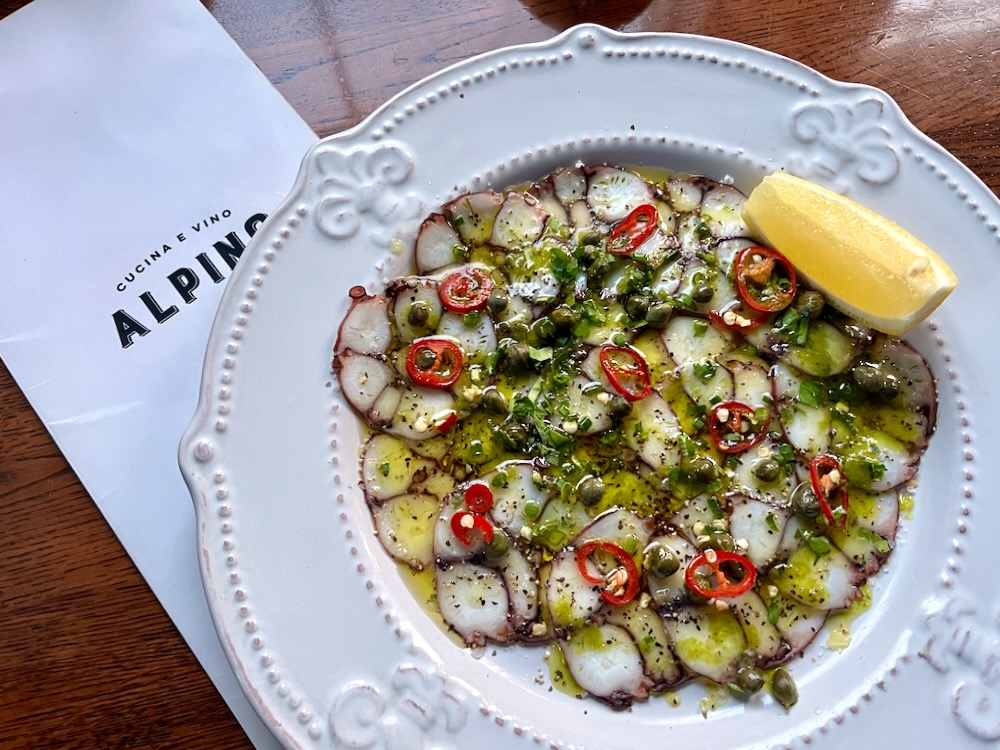
Photo Credit: Stock.XCHNG/salsachica
With its distinctive bright red, orange, pink, and yellow stalks and its large, fan-like leaves, Swiss chard is the peacock of dark, leafy greens. But as with many unfamiliar foods, some people may approach Swiss chard with some trepidation. They may be wondering things like: How do I prepare it? How can I pick a good bunch? And most importantly, what does it taste like, and will I like it?
 Despite the trepidation, there’s one thing most people will already know by instinct: Swiss chard is really good for you. The vibrant hues are nature’s way of shouting, “Eat me!” and with good reason. The pigments that make Swiss chard colorful have been shown to be powerful antioxidants, naturally occurring substances that combat cell-damaging free radicals in your body. Swiss chard is also an excellent source of vitamins A, C, E, and K, and a great source of iron, potassium, manganese, and magnesium. It’s in the same family as beets, which also come in a variety of eye-catching colors (it’s easy to see the relation).
Despite the trepidation, there’s one thing most people will already know by instinct: Swiss chard is really good for you. The vibrant hues are nature’s way of shouting, “Eat me!” and with good reason. The pigments that make Swiss chard colorful have been shown to be powerful antioxidants, naturally occurring substances that combat cell-damaging free radicals in your body. Swiss chard is also an excellent source of vitamins A, C, E, and K, and a great source of iron, potassium, manganese, and magnesium. It’s in the same family as beets, which also come in a variety of eye-catching colors (it’s easy to see the relation).
So with that said, what’s the best way to maximize the nutritional value of Swiss chard? Swiss chard reaches its peak in the summer, although it is available year-round in many markets nowadays. Select bunches that have crisp, dark green leaves free from blemishes or holes, and snappy-looking stalks. Keep them in a plastic bag in the refrigerator for up to three days. When ready to cook them, wash the leaves thoroughly under cold running water. Separate the leaves from the stalks, and remove the tips of the stalks as they can be difficult to chew. (It’s often easier to work with the leaves if you cut them up into pieces first.)
 Generally, you’ll want to cook the stalks first since they take slightly longer than the leaves; they’re pretty versatile and can be steamed, boiled, braised, or sautéed. After the stalks have cooked for a bit, add the leaves. Keep cooking time to a minimum to preserve the delicate nutrients in this cruciferous vegetable.
Generally, you’ll want to cook the stalks first since they take slightly longer than the leaves; they’re pretty versatile and can be steamed, boiled, braised, or sautéed. After the stalks have cooked for a bit, add the leaves. Keep cooking time to a minimum to preserve the delicate nutrients in this cruciferous vegetable.
Now, here’s the really important question. What does it taste like? Chances are, if you like spinach, you’ll like Swiss chard; the two are often compared to each other since the leaves taste similar and the vegetable can be prepared in a similar fashion — it’s used as a side dish all on its own, in pastas, and in casseroles. You can even eat the leaves raw, like salad greens.
But there’s one thing you can do with it that you’d be hard-pressed to do with spinach: make giant tamales. Whatever you decide to do, though, make sure not to overcook it; if the leaves start to turn olive-gray, you’ve botched it.
Now that we’ve hopefully inspired you and filled your head with some great cooking ideas, it’s time to go out and be adventurous. Run to the store, and don’t come back until you’ve got some chard.
See more from our friends over at TheDailyMeal:
- How to Make the Perfect Brownie
- The 2011 Gift Guide for Home Cooks
- The Key to Tempering Chocolate
- Simple Ingredients Made Spectacular














